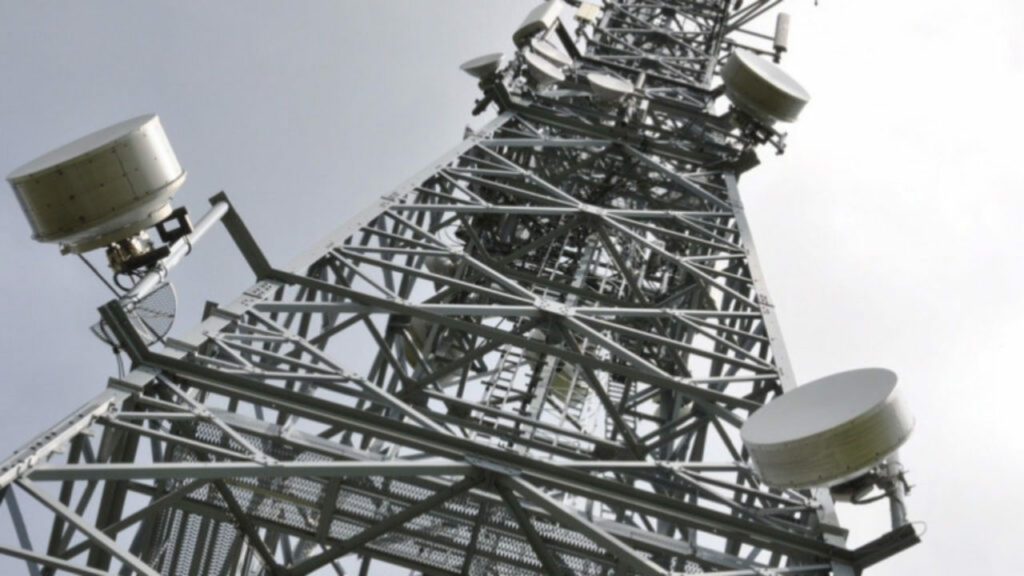This is a Guest Post by Mr. Rajesh Kaushal, VP, Delta Electronics India
The telecom industry has rightly been identified as one of the essential industries in any economy. Especially during and post-COVID-19, it was one tech facet that effectively met the heightened demand for connectivity by individuals and businesses both. The entire industry can be well-understood when divided into various subsectors, namely, Infrastructure, Equipment, Mobile Virtual Network Operators (MNVO), White space spectrum, 5G, Telephone service providers, and Broadband.

Industry scenario in India
With 1.17 billion users as of September 2022 (wireless plus wireline subscribers), India’s telecom sector is the second largest in the world. A total of 839.18 million people (narrowband + broadband users) had internet access by the end of January 2023, with 44.25% of people living in rural areas. By 2025, India is predicted to have 920 million unique mobile customers, including 88 million 5G connections, making it the second-largest smartphone market in the world. Additionally, it is predicted that 5G technology will boost the Indian economy by $450 billion between 2023 and 2040. (Source: InvestIndia)
The above statistics are impressive but also raise crucial questions regarding the rising carbon footprints of the industry, starting from Telcom Towers. The total amount of power used by network operators in 2022—including telecommunications, webscalers, and carrier-neutral operators (CNNOs)—was roughly 543.6 Terawatt-hours (TWh) up 7% YoY; 88% of total energy consumed was derived from electricity. The 7% annual growth in 2022 is a bit slower than the 9% growth achieved in both 2020 and 2021. Even this percent understates how much of a negative influence telecommunication has on the environment. Numerous telcoms rely nearly exclusively on fossil fuels to generate their electrical needs. Additionally, telecoms use a lot of non-electric energy (such as heating oil, diesel, and propane) to run their infrastructure, particularly mobile base stations.
As per BCG whitepaper, the telecommunications industry contributes approximately 3 to 4% of global CO2 emissions, which is about twice the amount produced by civil aviation. The European Telecommunications Network Operators’ (ETNO) Association also reported that the telecommunications industry contributed 2.6% of total global carbon dioxide emissions in 2020 and is bound to increase as the consumers increase.
A win-win proposition with solarised telecom power stations
Embracing solar power for telecom towers is a win-win situation. It significantly reduces the carbon footprint of the telecom sector while offering a sustainable and reliable power solution.Solarizing telecom towers involves integrating solar panels with the tower infrastructure, allowing them to harness the abundant sunlight and convert it into usable electricity. It’s akin to fitting a runner with the best shoes – maximizing efficiency and minimizing strain. With advancements in solar technology, the efficiency and cost-effectiveness of solar panels have vastly improved. The installation of solar panels on telecom towers is not only feasible but economically viable, with a promising return on investment.
To begin with, solarized telecom power stations will promote operation efficiency. Solar-powered telecom towers operate independently, reducing their reliance on the grid and diesel generators. This enhances operational efficiency, as solar panels can generate power even in remote locations. The increased reliability and reduced downtime associated with solar power make it an attractive choice for the telecom industry. The next biggest gain is the considerable reduction in negative environment impact. Solarization significantly reduces carbon emissions, making it a powerful tool in combating climate change. By minimizing reliance on fossil fuels, solar power also improves air quality and positively impacts the local ecosystem. This shift towards cleaner energy aligns with global efforts to reduce greenhouse gas emissions and promote sustainability.
While the initial setup costs may seem significant, solarization proves cost-effective in the long run. Lower operational costs and potential government incentives or subsidies further enhance its economic viability. As solar technology continues to advance, the return on investment for solar-powered telecom towers is expected to improve. Ongoing innovations in solar panel technology and energy storage systems enhance the efficiency of telecom tower solarization. Advanced solar panels can generate more power from the same amount of sunlight, while improved energy storage solutions address intermittency issues and ensure a consistent power supply.
Challenges and solutions
Solar power does face challenges related to intermittency and weather conditions. The intermittent nature of sunlight and adverse weather can impact the consistent power supply from solar panels. To overcome these challenges, energy storage systems serve as a viable backup solution. Batteries can store excess energy generated during sunny periods and provide power during low-light or cloudy periods, ensuring uninterrupted energy supply to the telecom towers.
Diversifying Telecom Site Energy Sources
Telecom sites, essential for global communication networks, have expanded their energy options beyond traditional grid power. Among these alternative sources, “Wind Turbines” harness renewable energy in windy regions, often paired with batteries to ensure uninterrupted power. “Hydrogen Fuel Cells” offer efficiency and emission-free operation, making them a preferred choice for remote telecom sites. Additionally, “Gas Generator Sets” serve as reliable backup or primary power sources, especially in areas with unstable grid access. The selection of the most suitable energy source depends on site location, resource availability, cost considerations, reliability, and environmental impact. Telecom operators carefully evaluate these factors to ensure uninterrupted connectivity while embracing sustainable energy practices.
Future prospects with solar energy in telecom
As technology continues to evolve, making solar solutions more efficient and cost-effective, the growth potential of solarized towers is substantial. This aligns with global sustainability goals, driving the telecom industry towards a greener and more environmentally responsible direction. Solarizing telecom towers is a forward-thinking approach that addresses the telecom industry’s energy challenges while promoting sustainability. The economic viability, coupled with the positive environmental effects, makes solarization an attractive choice. Encouraging more telecom companies to embrace solar solutions is a transformative shift possibly leaving behind a cleaner and greener planet for generations to come.













